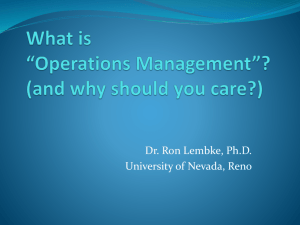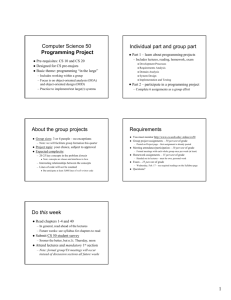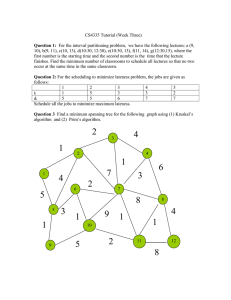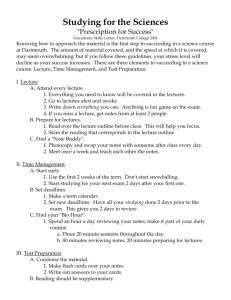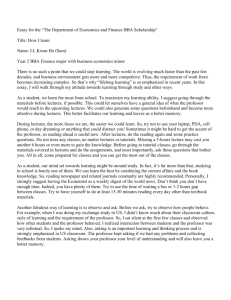Strategies for teaching students with a non
advertisement
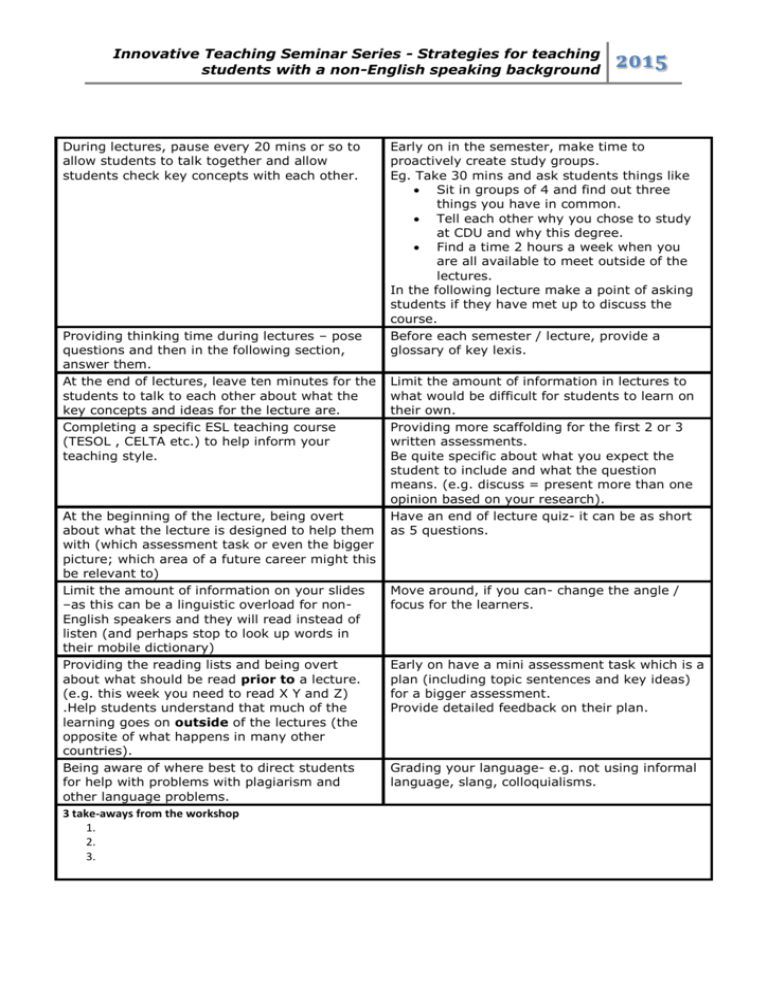
Innovative Teaching Seminar Series - Strategies for teaching students with a non-English speaking background During lectures, pause every 20 mins or so to allow students to talk together and allow students check key concepts with each other. Providing thinking time during lectures – pose questions and then in the following section, answer them. At the end of lectures, leave ten minutes for the students to talk to each other about what the key concepts and ideas for the lecture are. Completing a specific ESL teaching course (TESOL , CELTA etc.) to help inform your teaching style. At the beginning of the lecture, being overt about what the lecture is designed to help them with (which assessment task or even the bigger picture; which area of a future career might this be relevant to) Limit the amount of information on your slides –as this can be a linguistic overload for nonEnglish speakers and they will read instead of listen (and perhaps stop to look up words in their mobile dictionary) Providing the reading lists and being overt about what should be read prior to a lecture. (e.g. this week you need to read X Y and Z) .Help students understand that much of the learning goes on outside of the lectures (the opposite of what happens in many other countries). Being aware of where best to direct students for help with problems with plagiarism and other language problems. 3 take-aways from the workshop 1. 2. 3. 2015 Early on in the semester, make time to proactively create study groups. Eg. Take 30 mins and ask students things like Sit in groups of 4 and find out three things you have in common. Tell each other why you chose to study at CDU and why this degree. Find a time 2 hours a week when you are all available to meet outside of the lectures. In the following lecture make a point of asking students if they have met up to discuss the course. Before each semester / lecture, provide a glossary of key lexis. Limit the amount of information in lectures to what would be difficult for students to learn on their own. Providing more scaffolding for the first 2 or 3 written assessments. Be quite specific about what you expect the student to include and what the question means. (e.g. discuss = present more than one opinion based on your research). Have an end of lecture quiz- it can be as short as 5 questions. Move around, if you can- change the angle / focus for the learners. Early on have a mini assessment task which is a plan (including topic sentences and key ideas) for a bigger assessment. Provide detailed feedback on their plan. Grading your language- e.g. not using informal language, slang, colloquialisms.







